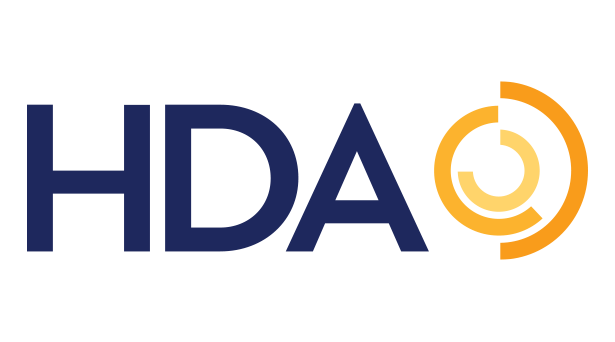A Dialogue on COVID-19 and the Future of the Healthcare Supply Chain
HDA recently sponsored and participated in the Milken Institute’s 2021 Future of Health Summit. This year’s event, held on June 22–23, brought together industry experts, public health leaders and elected officials for insightful policy discussions on a variety of issues that are shaping healthcare in our country.
As part of the event, HDA President and CEO Chip Davis participated in a panel discussion focused on COVID-19’s impact on the supply chain and what must be done to prepare for future emergencies entitled, "Medical Supply Chains During the Pandemic: Lessons Learned & Best Practices."
Davis was joined by panelists Dr. Nicolette Louissaint, Executive Director at Healthcare Ready; Bill Peacock, Chief of Operations at Cleveland Clinic; and Matthew Wilson, Senior Partner at McKinsey, with the discussion moderated by STAT’s Nicholas Florko.
Here are a few insights from the discussion.
1. Coordination Across the Supply Chain Critical During COVID-19
The pharmaceutical supply chain has withstood extraordinary pressures during the pandemic and balanced surging demand for medicines and healthcare supplies. While it may have bent under the unique circumstances of the pandemic, it did not break.
“The pharmacies held up, and that’s a testament to the manufacturers, to the distributors, to the frontline providers and everybody in between,” said Chip Davis. “I think you can sum it up with three key C’s, as we like to call them. There was coordination of effort between the public and private sectors, I think there was collaboration within the supply chain, and there was cooperation within the supply chain at times between folks who are usually competitors.”
2. Responding to Supply Challenges Requires Adaptation and Innovation
The unprecedented demand for critical medicines and personal protective equipment (PPE) during the early stages of the pandemic placed significant strain on the pharmaceutical supply chain. In response, stakeholders throughout the supply chain were forced to adapt to the rapidly evolving situation on the ground.
“We literally had nurses with GoPro cameras on their heads in ICUs running simulations, treating COVID patients, figuring out the PPE exchanges that would be necessary … and then projecting what those necessary volumes would be,” explained Bill Peacock. “That analytic capability gave us the power to stay in front of a problem, and it actually afforded us the luxury of helping out some of our neighbors and competitors.”
3. Public Health Infrastructure Critical to Emergency and Pandemic Preparedness
In analyzing the supply chain’s performance in response to COVID-19 and planning ahead for future public health crises, it is important to remember that nothing happens in a vacuum.
“When we talk about how the supply chain performs, that does not happen in isolation. I think we also have to be very honest about the infrastructure,” said Dr. Nicolette Louissaint. “It is not supply chain infrastructure, solely, but it’s public health infrastructure [and] emergency management infrastructure and… the interplay between what is going to be a federal response and what is going to be a state response.”
4. Adapting to COVID-19 Will Enhance the Supply Chain’s Ability to Respond to Future Crises
Across the supply chain, stakeholders are already applying lessons learned from the early stages of the pandemic to ensure the safe distribution and administration of COVID-19 treatments and vaccines. Continuing to adapt and applying lessons learned will be crucial to strengthening our country’s collective response to future public health crises.“Companies in the supply chain have had to move with speed and agility in kind of an unprecedented way. I think that’s here to stay, and they are thinking about how to institutionalize that and make it more of a core capability,” said Matthew Wilson. “I think the other thing that’s come through is the need for real risk management and full supply chain transparency. Thinking about tier-2 and tier-3 supplies and how that fits in, that’s going to become a core competency.
The full event recording is available here. For additional HDA materials and pandemic response resources, visit our website.
